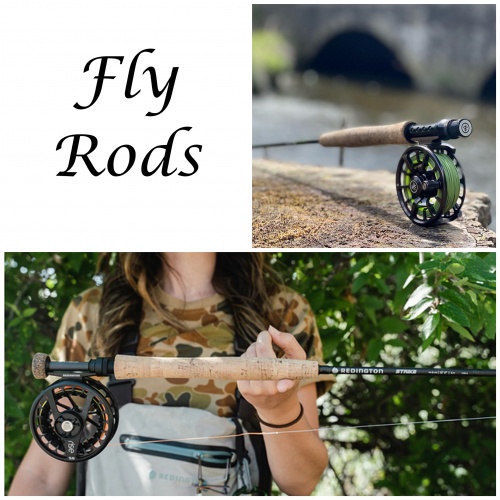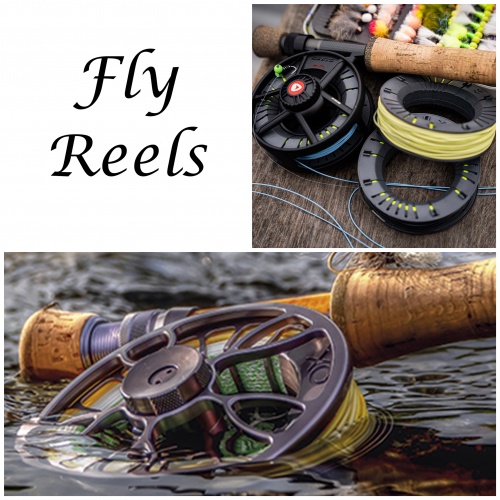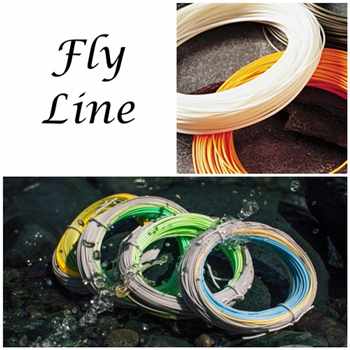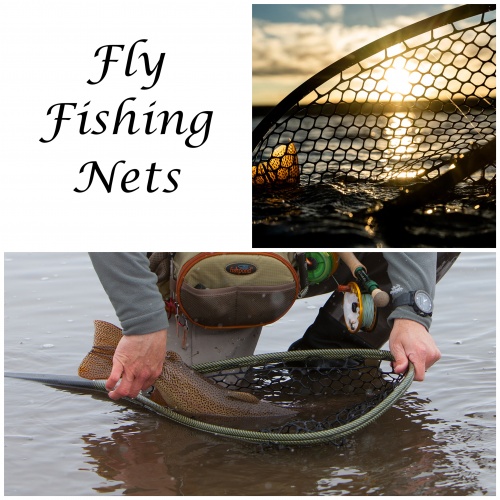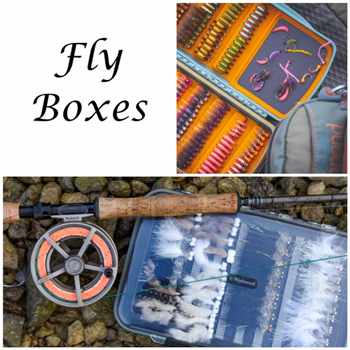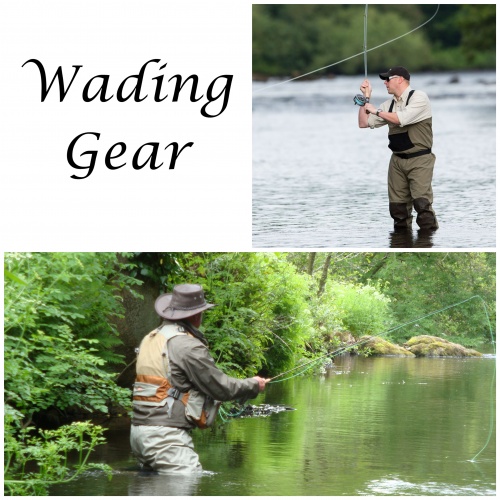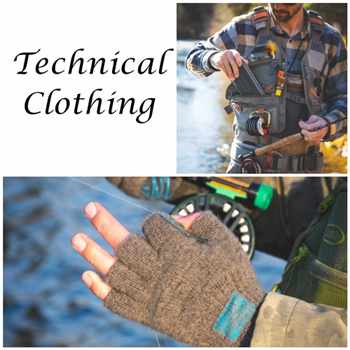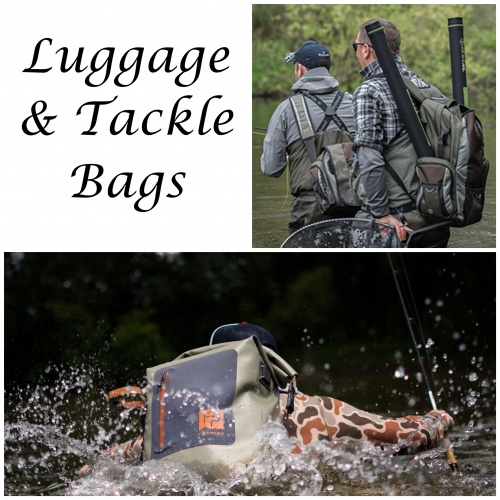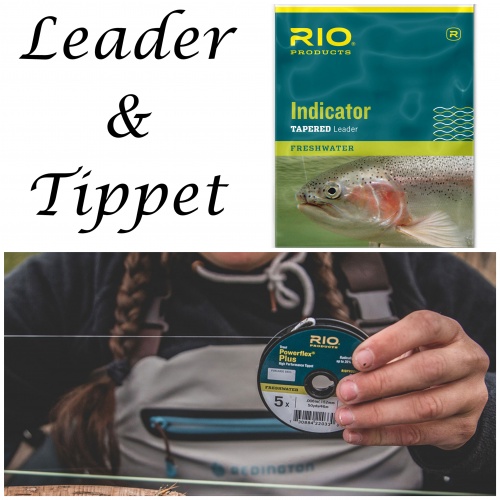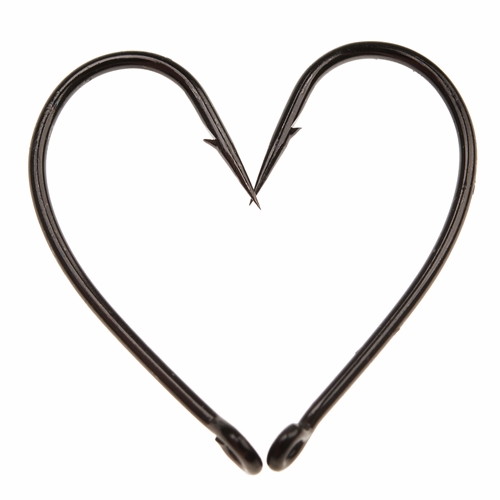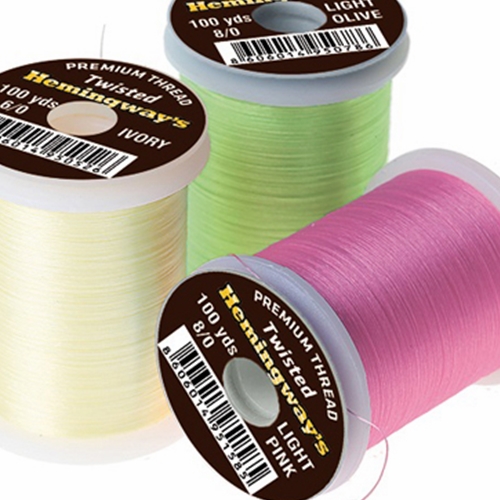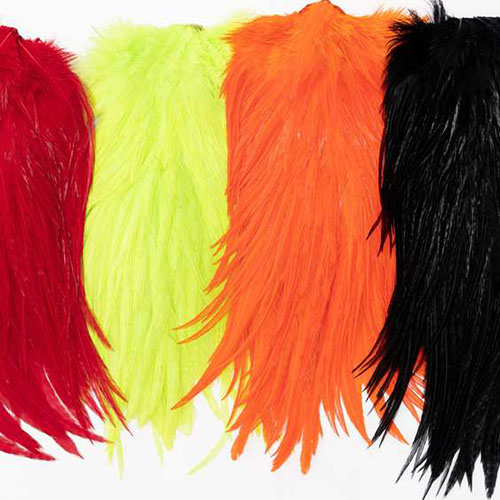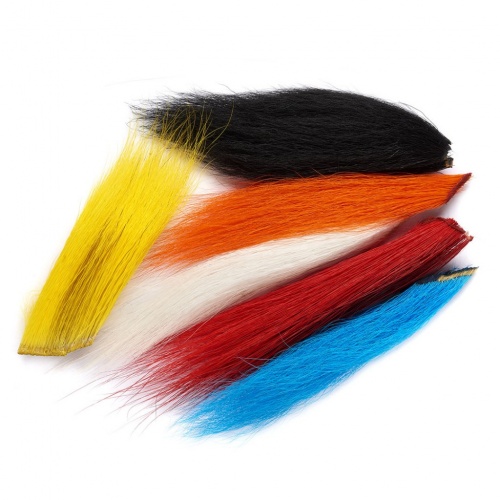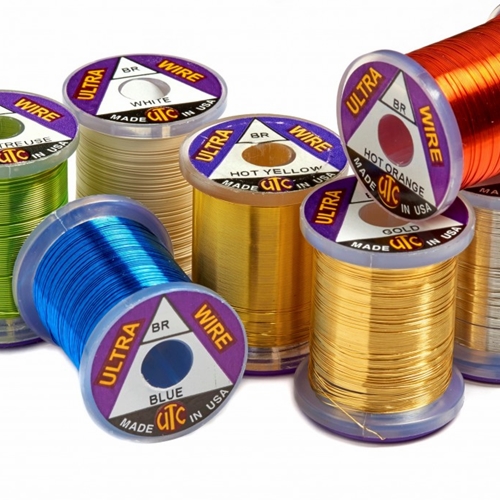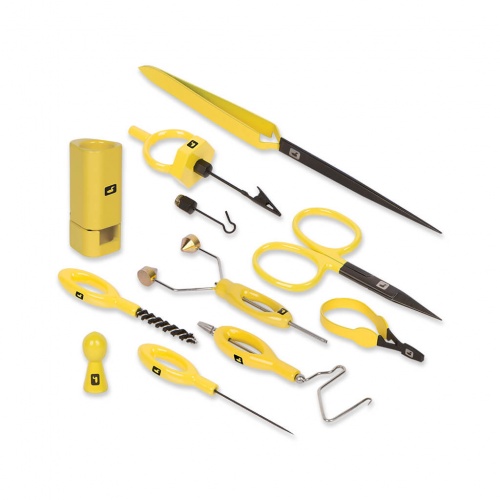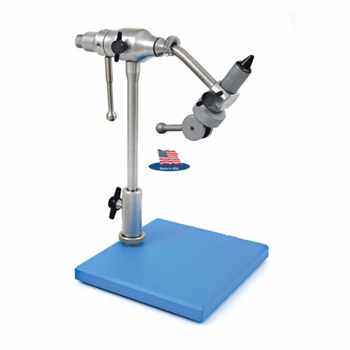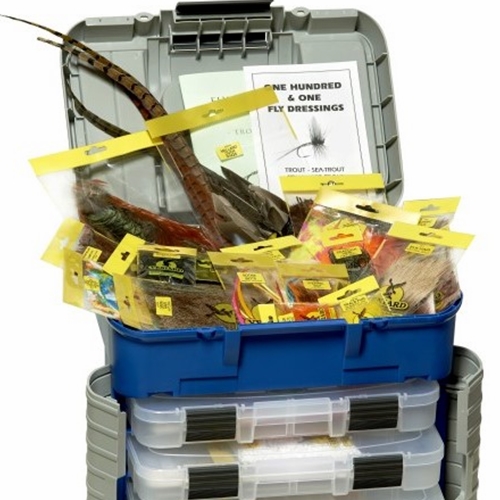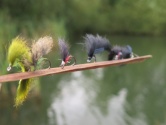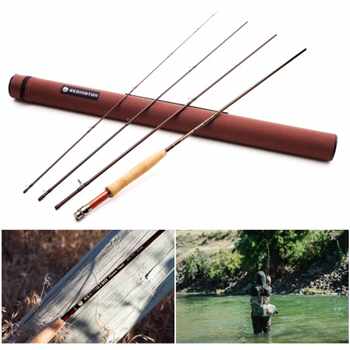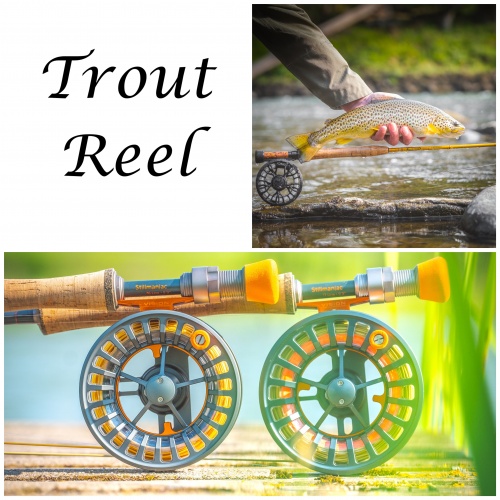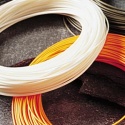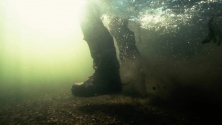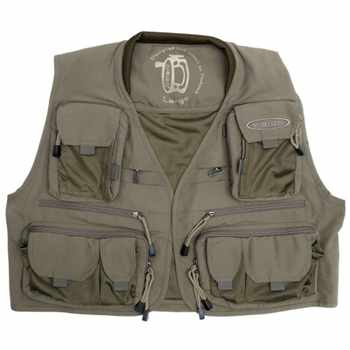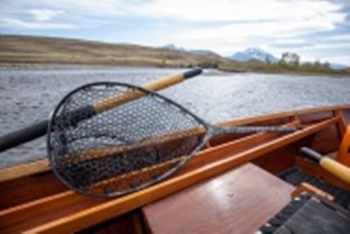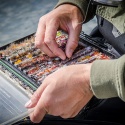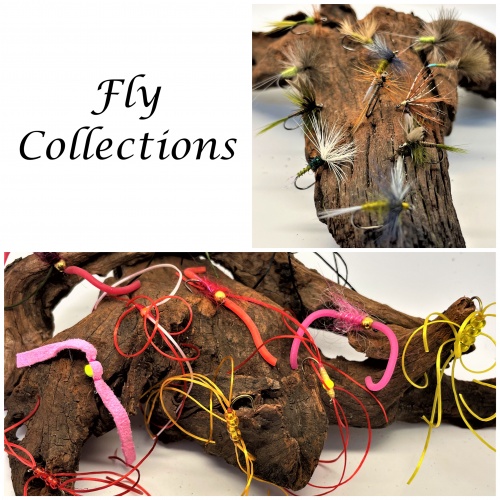A History of Trout Fly Fishing
A History of Fly Fishing For Trout
Trout Fly Fishing - Part Of An Ancient & Historic Sport
Since A Treatise of Fysshynge with an Angle in 1496 by Dame Juliana Berners we have been writing about the hunting fish through fly fishing techniques. Trout fly fishing particularly grew dramatically with the Victorians and through the 1800's when Trout were transferred as ova to British Colonies with the first successful transfer of Brown Trout Ova aboard the Norfolk with Itchen and Wye trout introduced to Victoria, Australia
Trout fly fishing has ranged from stunning waters like the English Chalk Streams and the Catskills to lochs and rivers where natural Brown Trout occur to stocked lakes like Arnfield, Grafham or Roxholme. Whatever your preference there is a massive offering for trout fly fishing world-wide.
Fly Fishing Tackle
UK Fly Fishing In 1600 On
Only A Few fragments were written prior to Dame Juliana Berners The Boke of Saint Albans with The Treatise of Fysshynge With The Angle although Roman Claudius Aelianus described the practice of Macedonian anglers who "...they have planned a snare for the fish, and get the better of them by their fisherman's craft. . . . They fasten red wool. . . round a hook, and fit on to the wool two feathers which grow under a cock's wattles, and which in color are like wax. Their rod is six feet long, and their line is the same length. Then they throw their snare, and the fish, attracted and maddened by the color, comes straight at it, thinking from the pretty sight to gain a dainty mouthful; when, however, it opens its jaws, it is caught by the hook, and enjoys a bitter repast, a captive".
In 1613 John Dennys, believed to be a fishing companion of WIlliam Shakespeare wrote The Secrets Of Angling wrote The Secrets of Angling. Following the English Civil War in 1642 - 1651 fly fishing found increased interest and books and treatises were written ranging from Robert Venables (1662) and Richard Frank fishing in Scotland and the River Thames. Most famous of the period was of course The Complete Angler (1653) written by Isaac Walton fishing the Derbyshire Wye. In 1655 Charles Kirby designed a fishing hook, distinct with an offset point still commonly used.
18th Century Developments
After the Fire of London 1666 fly fishing became commercialised with manufacturers moving to Redditch. By 1761 Onesimus Ustonson opened his stop gaining royal warrants from 3 successive monarchs. Until the 18th century rods were often 14 foot poles with horsehair tied to their tips. However during the 18th century running rigs, jointed rods made with bamboo tips evolved. the first multiplying reels appeared with brass gears.
Entomology, feeding patterns for trout became more focused on by writers, printers and engravers like Alfred Ronalds describing presentation, artificial flies and most importantly entomology and aquatic insects and flies that imitated them.
19th Century to Today
During the later part of the 18th century and 19th century the industrial revolution took hold world-wide contributing to many developments in fly fishing which we would recognise even today. Rods changed from poles to cut bamboo cane imported from the West Indies forming hexagonal rods with solid cores. These in turn made it possible to cast flies into the wind on silk lines. Charles F Orvis, designed the first fully modern fly reel which he sold through his newly founded Orvis Company. Albert Illingworth designed and patented fixed spool spinning reels.
Expansion of the railways allowed the lower and middle class to explore the rivers of areas like Derbyshire whereas the wealthy moved to salmon rich rivers of Norway.
It was during the 1800s that the dry fly elite evolved on the chalk streams of the River Test and other stunning British rivers driven by F M Halford while G E M Skues drove the wet fly evolution with nymphing and wet fly techniques.




